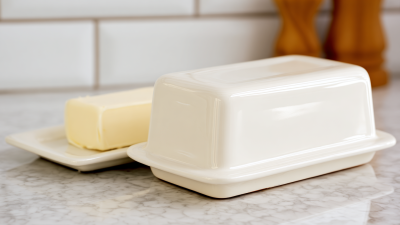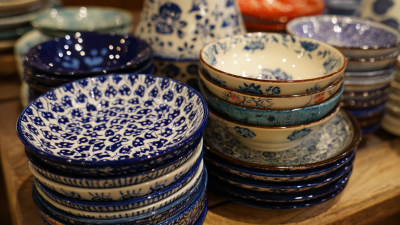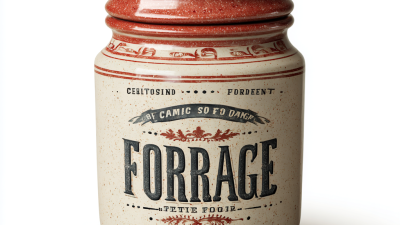

As the 138th Canton Fair approaches in 2025, the porcelain urn market is poised for significant exploration, reflecting broader industry trends and shifting consumer preferences. With the global ceramic market projected to reach USD 308 billion by 2026, according to recent industry reports, porcelain urns are emerging as key players in both artistic and functional domains. The event is expected to showcase innovative designs and sustainable practices, catering to an ever-increasing demand for personalized and eco-friendly memorial products. Furthermore, data from the China Ceramic Industry Association indicates a steady annual growth rate of about 5.4% in the porcelain sector, underscoring the enduring appeal of these elegant vessels. As buyers and sellers converge at the fair, observing the dynamics surrounding porcelain urns will provide valuable insights into future market trajectories, making this event a critical focal point for stakeholders.
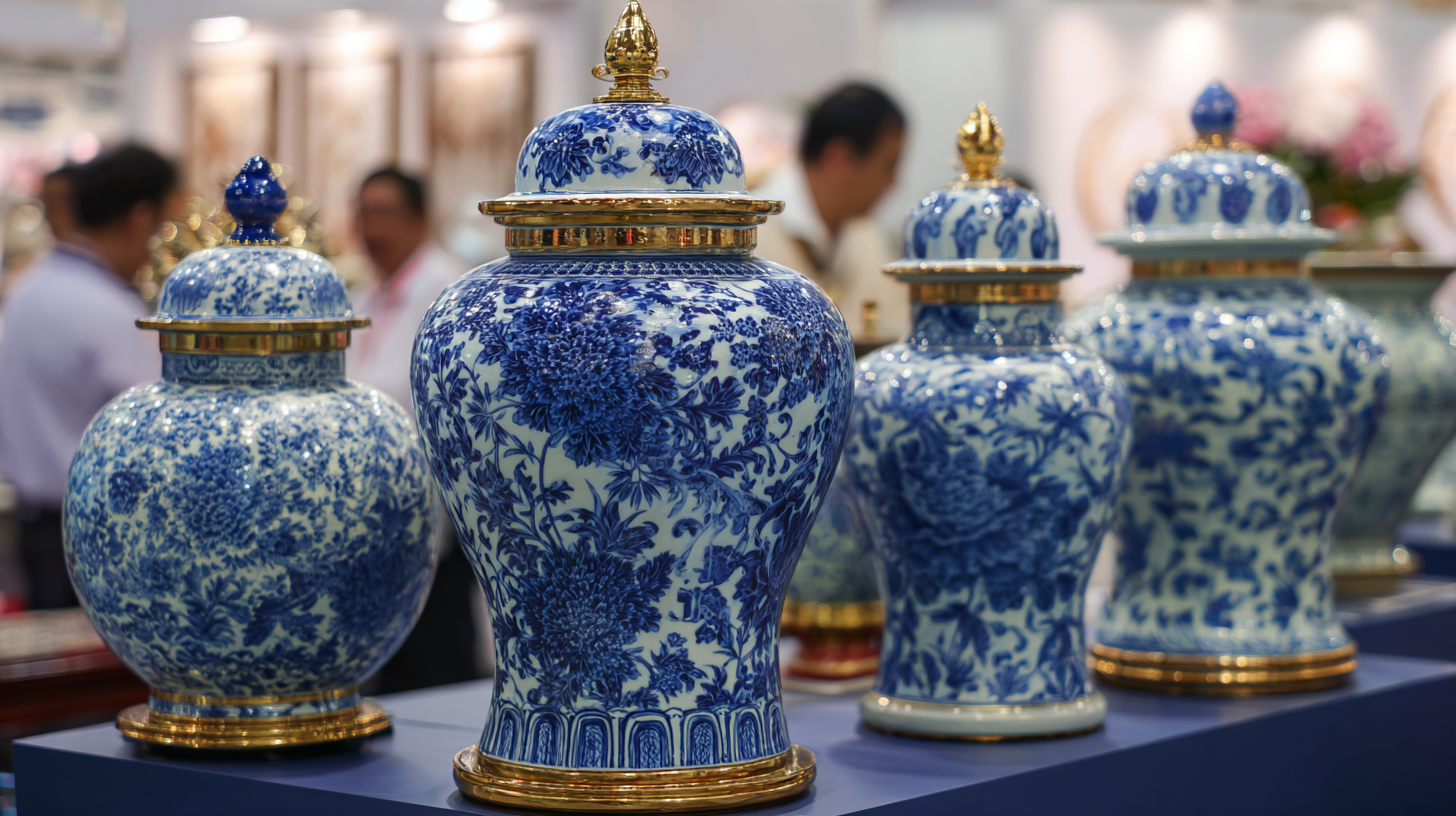
The porcelain urn market is undergoing significant transformations, deeply influenced by evolving consumer preferences and innovative designs. As seen at the upcoming 138th Canton Fair, the demand for porcelain urns is shifting from traditional aesthetics toward contemporary styles that resonate with modern sensibilities. This shift reflects a broader trend where consumers seek personalization and meaning in memorial products, leading to a rise in uniquely designed urns that cater to individual tastes and cultural values.
Technological advancements are also playing a pivotal role in this evolution. Artisans and manufacturers are now incorporating digital design tools and advanced materials to create urns that not only serve as a final resting place but also as a testament to the lives they commemorate. This integration of technology enhances the creative possibilities in design while allowing for greater accessibility and production efficiency. Consumers are increasingly looking for urns that tell a story, blending artistry with emotional significance, ultimately reshaping the landscape of how we honor and remember our loved ones.
The porcelain urn market is poised for significant evolution as the 138th Canton Fair in 2025 set the stage for unveiling emerging trends. Recent industry reports indicate a shift toward sustainable production methods, with many manufacturers prioritizing eco-friendly practices. This trend is not only in response to growing consumer demand for environmentally responsible products but also reflects a broader commitment within the industry to reduce its carbon footprint. Innovations in material sourcing and production techniques are becoming focal points for brands aiming to distinguish themselves in a competitive market.
Additionally, market dynamics are greatly influenced by socio-economic factors, including changing demographics and consumer preferences. As younger generations increasingly value unique, handmade items over mass-produced alternatives, the demand for artisan-crafted porcelain urns is on the rise. This shift highlights an opportunity for manufacturers to cater to niche markets that seek personalization and authenticity in their products. Reports suggest that integrating technology, such as augmented reality and e-commerce platforms, to enhance customer engagement can further drive growth in this sector. Understanding these dynamics will be crucial for stakeholders looking to navigate the complexities of the porcelain urn market in the coming years.
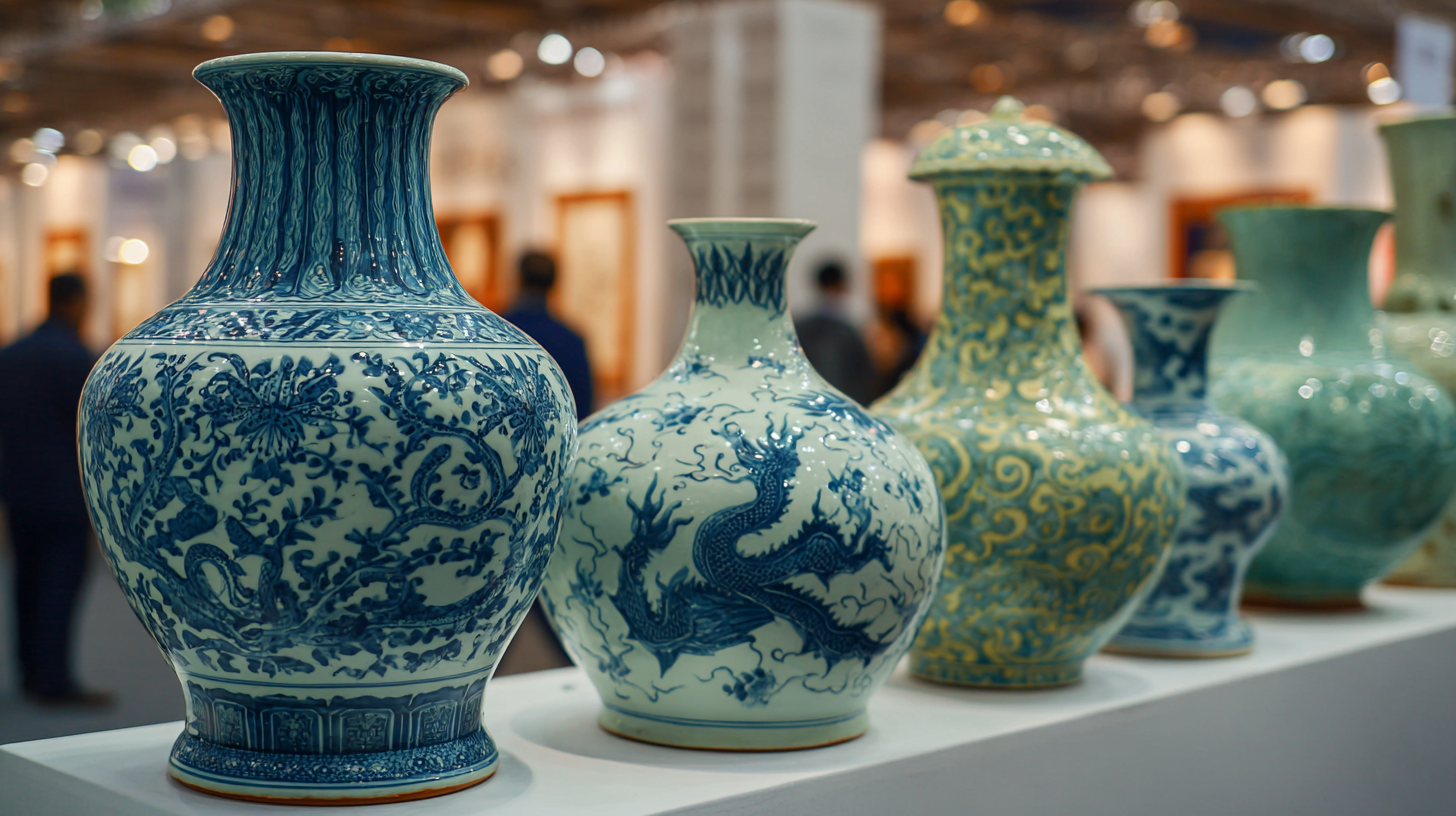
At the 138th Canton Fair in 2025, the porcelain urn market is expected to witness significant growth, driven by emerging export opportunities. As global demand for decorative and functional ceramics continues to rise, the fair provides a crucial platform for manufacturers and buyers to connect. Exhibitors from various regions are likely to showcase innovative designs and traditional craftsmanship, catering to a diverse range of consumer preferences.
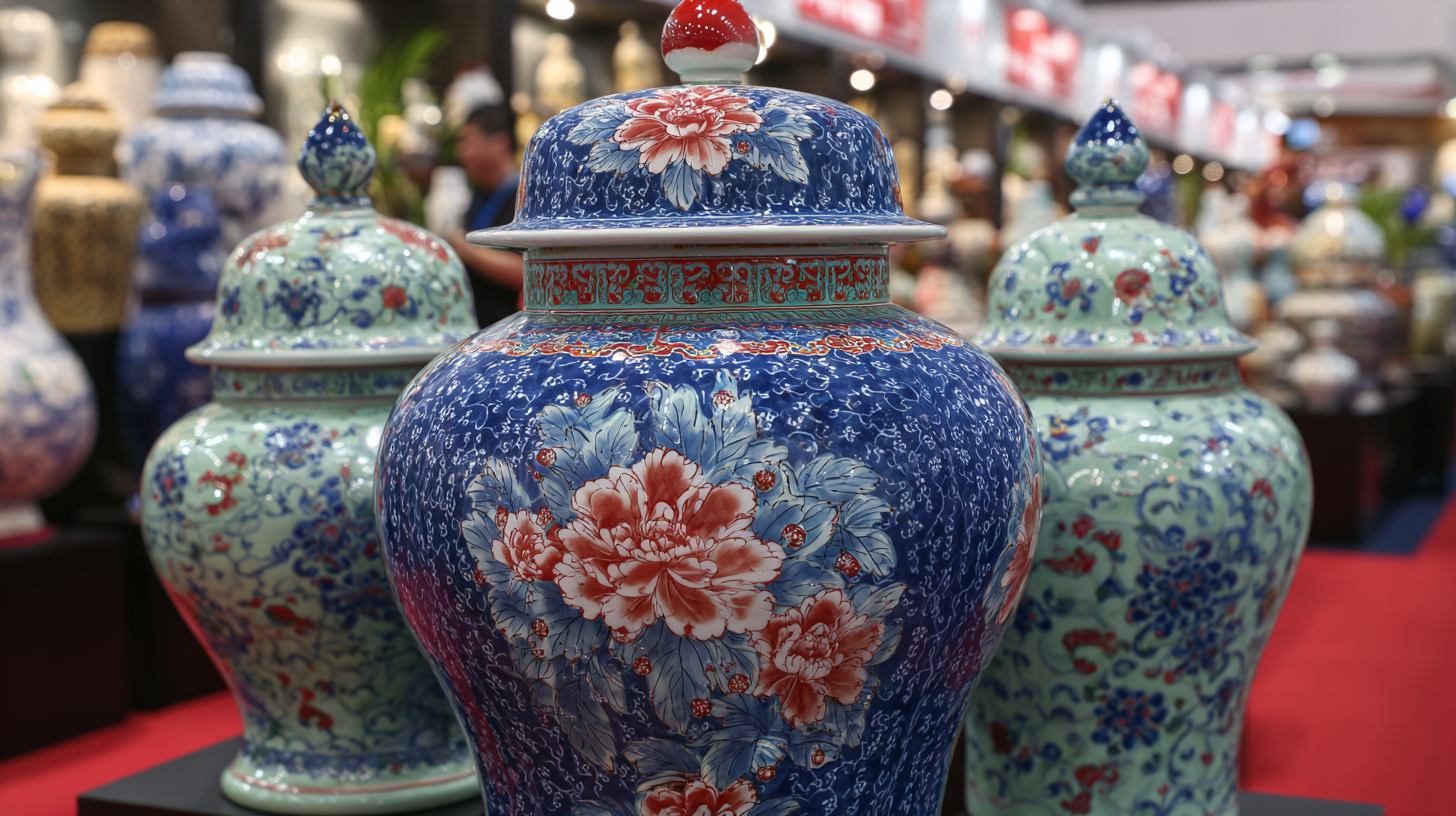
Moreover, the fair will feature discussions on market dynamics and the evolving trends in porcelain urn production. By analyzing shifting consumer behaviors and preferences, businesses can identify lucrative export markets, particularly in regions where cultural significance and aesthetic value of porcelain items are highly regarded. This presents an ideal opportunity for exporters to establish strategic partnerships, gain insights into the latest design trends, and enhance their product offerings to meet international demand.
The 138th Canton Fair in 2025 is set to showcase significant advancements in the porcelain urn industry, particularly focusing on sustainable practices in production. As consumers become increasingly environmentally conscious, manufacturers are innovating to reduce their ecological footprint. Many companies are adopting eco-friendly materials, such as recycled clay and natural dyes, which not only minimize waste but also enhance the aesthetic appeal of their products. The integration of these sustainable materials aligns with modern consumer values, making porcelain urns more attractive to a broader audience.
Alongside material innovations, the production processes themselves are evolving. Technologies that utilize less energy and water are being implemented to improve efficiency while maintaining quality. Additionally, some manufacturers are exploring 3D printing as a method for creating intricate designs, allowing for customization without the high resource demand traditional methods require. These trends at the Canton Fair will not only highlight the industry's shift towards sustainability but also emphasize the potential for future growth in an eco-conscious market.
This chart illustrates the market dynamics of porcelain urn production, showcasing the growing trend towards sustainable practices. The data reflects innovations and shifts in consumer preferences over the last five years.
The 138th Canton Fair in 2025 is set to showcase the dynamic trends in porcelain urn manufacturing, reflecting a robust market landscape influenced by various leading entities. Key manufacturers are expected to play a significant role in defining the competitive atmosphere, with a focus on innovation and quality. The market share of these companies will be crucial in determining their influence and strategies as they navigate consumer preferences and sustainability demands.
In terms of competitive analysis, several manufacturers stand out as industry leaders, each capturing substantial market shares. Companies that prioritize eco-friendly production methods and customizable designs are likely to attract a diverse clientele. As the porcelain urn market evolves, staying ahead of design trends while maintaining affordability and durability will be vital for these brands. Additionally, emerging manufacturers may disrupt the status quo by introducing novel approaches, making the landscape increasingly competitive and dynamic.


